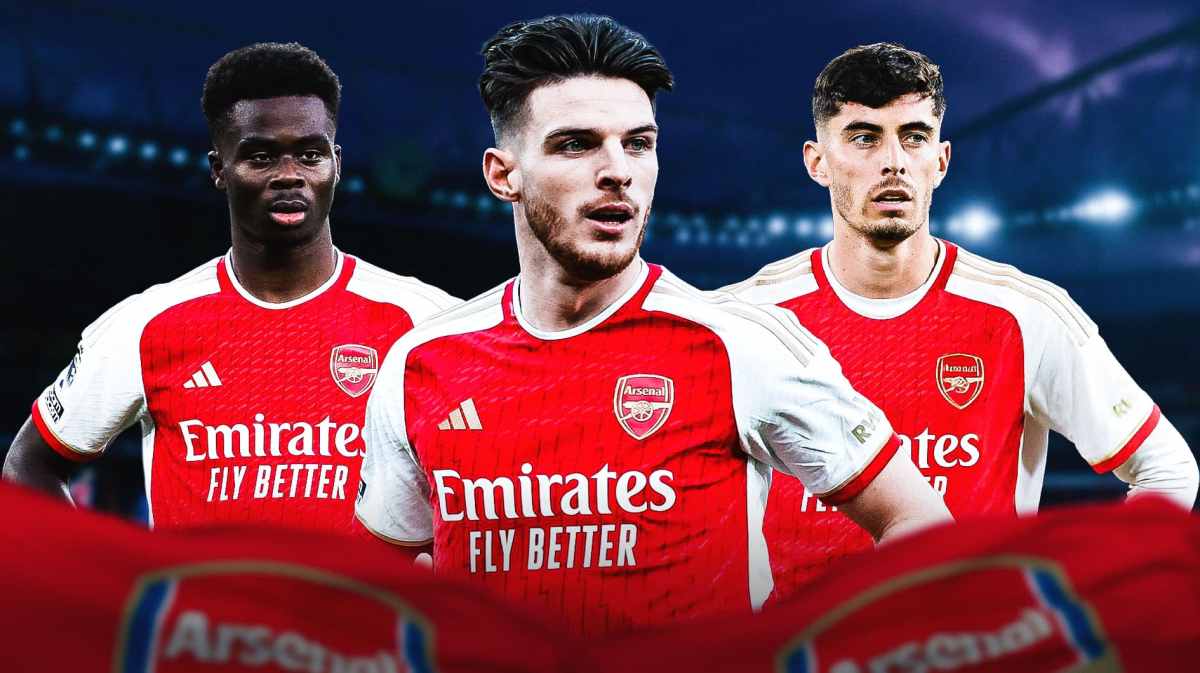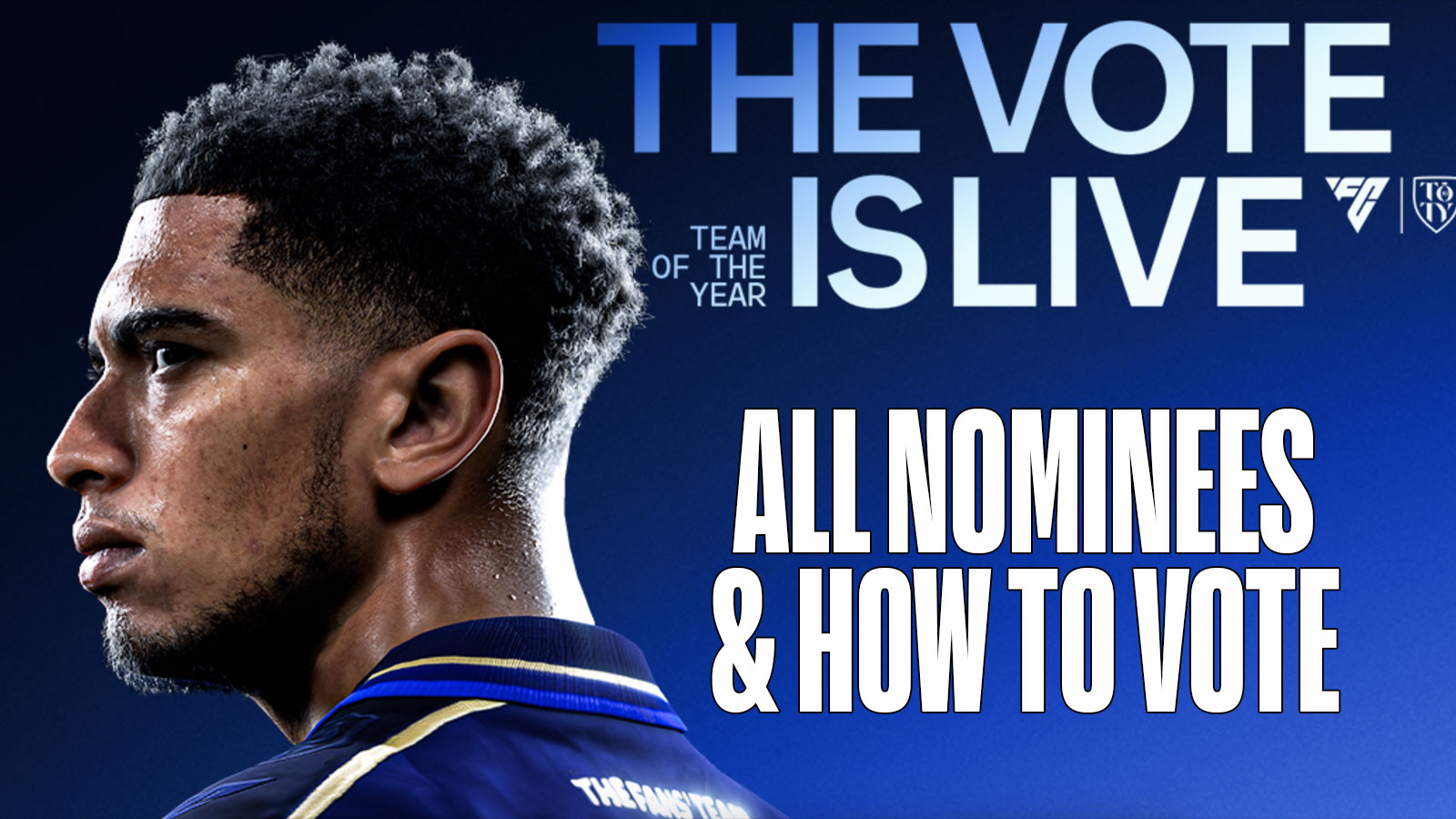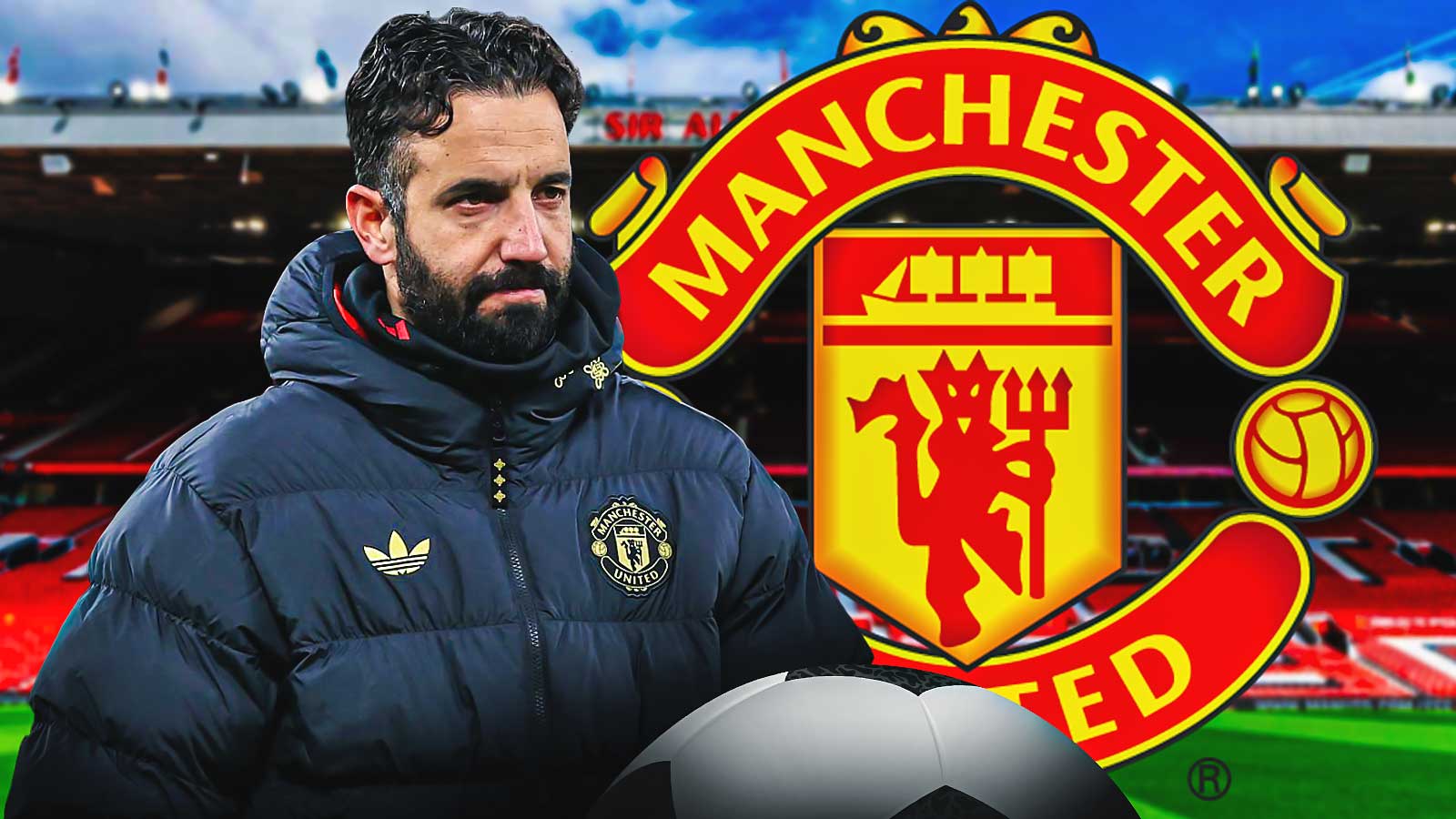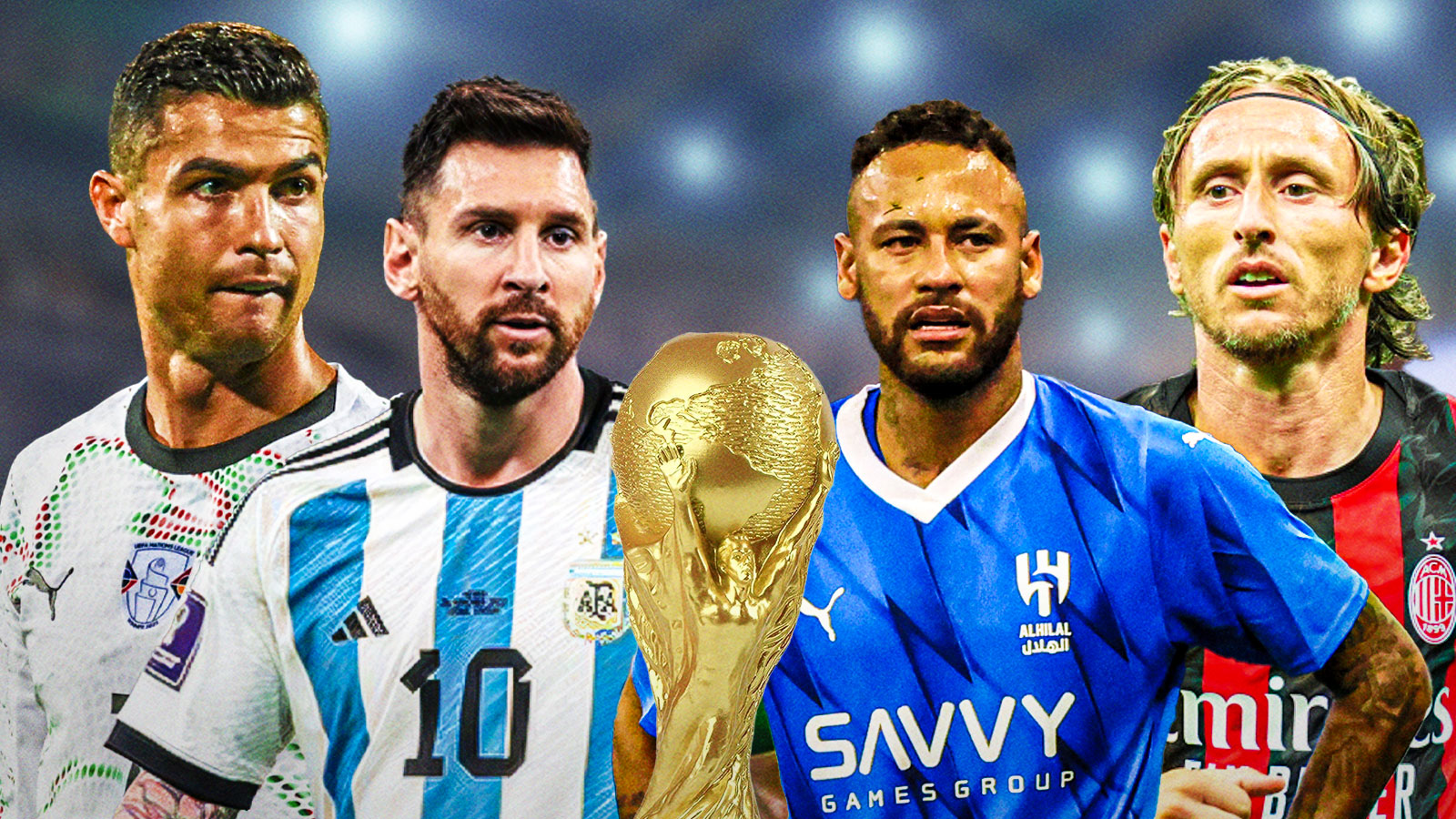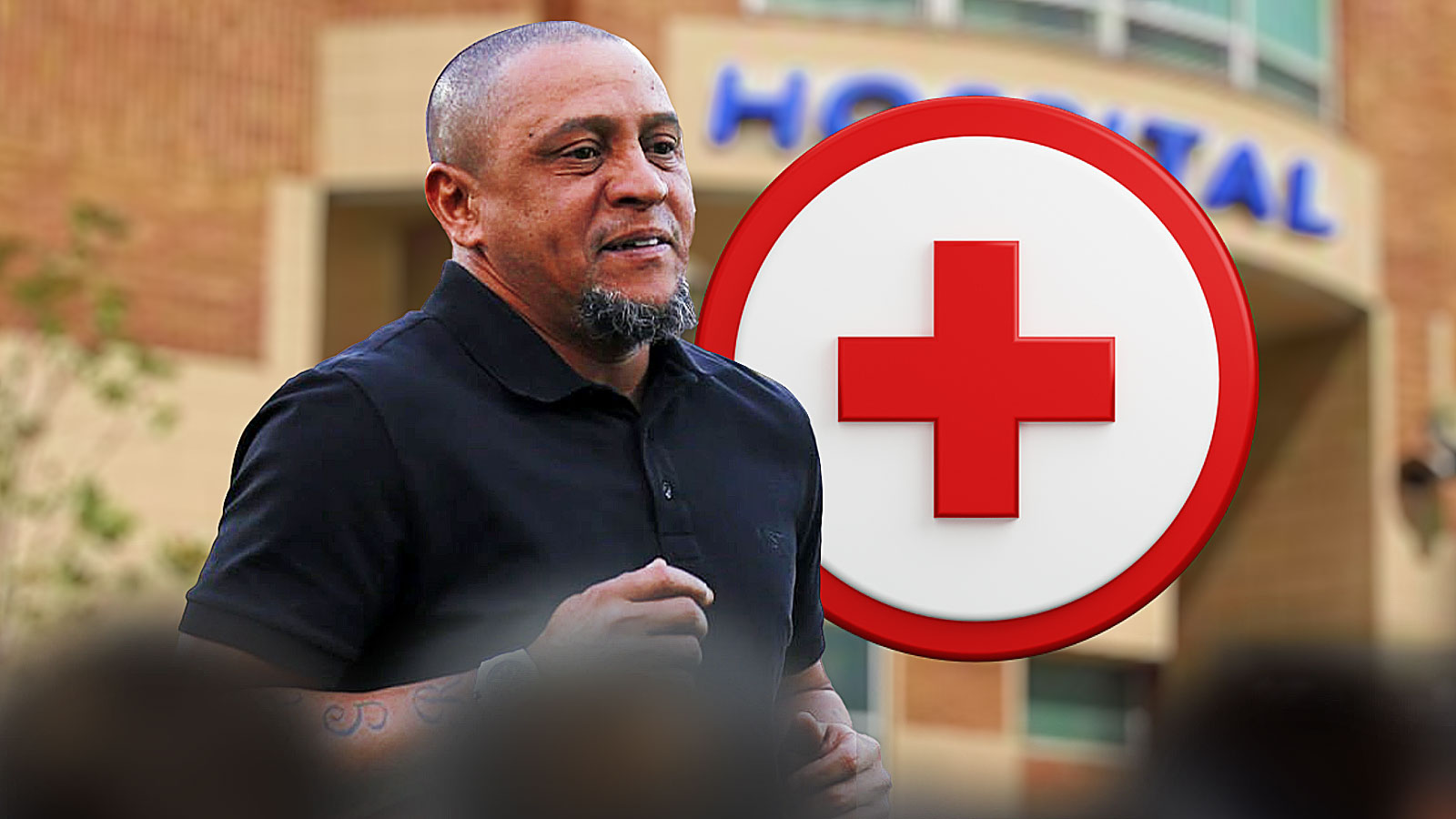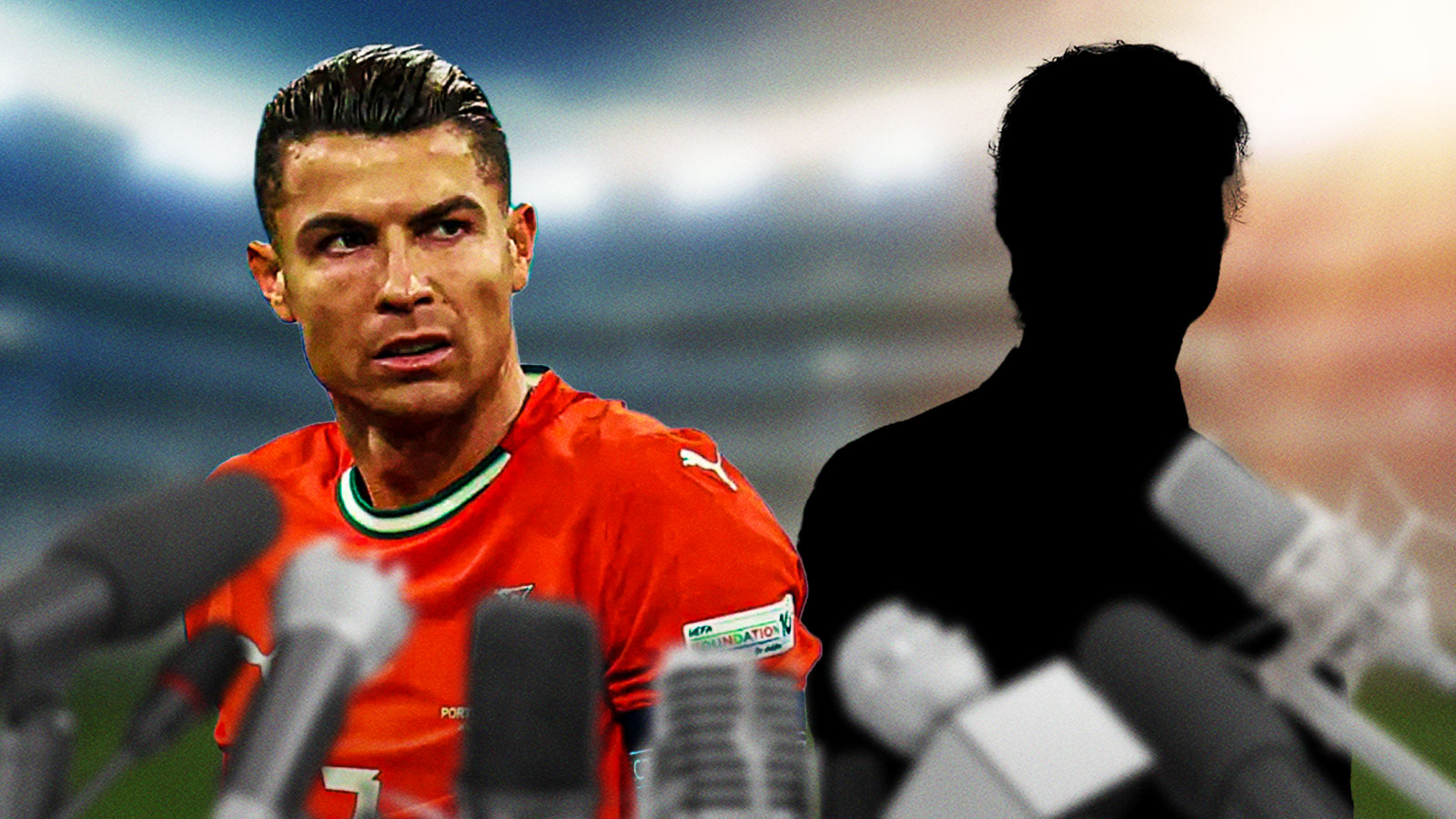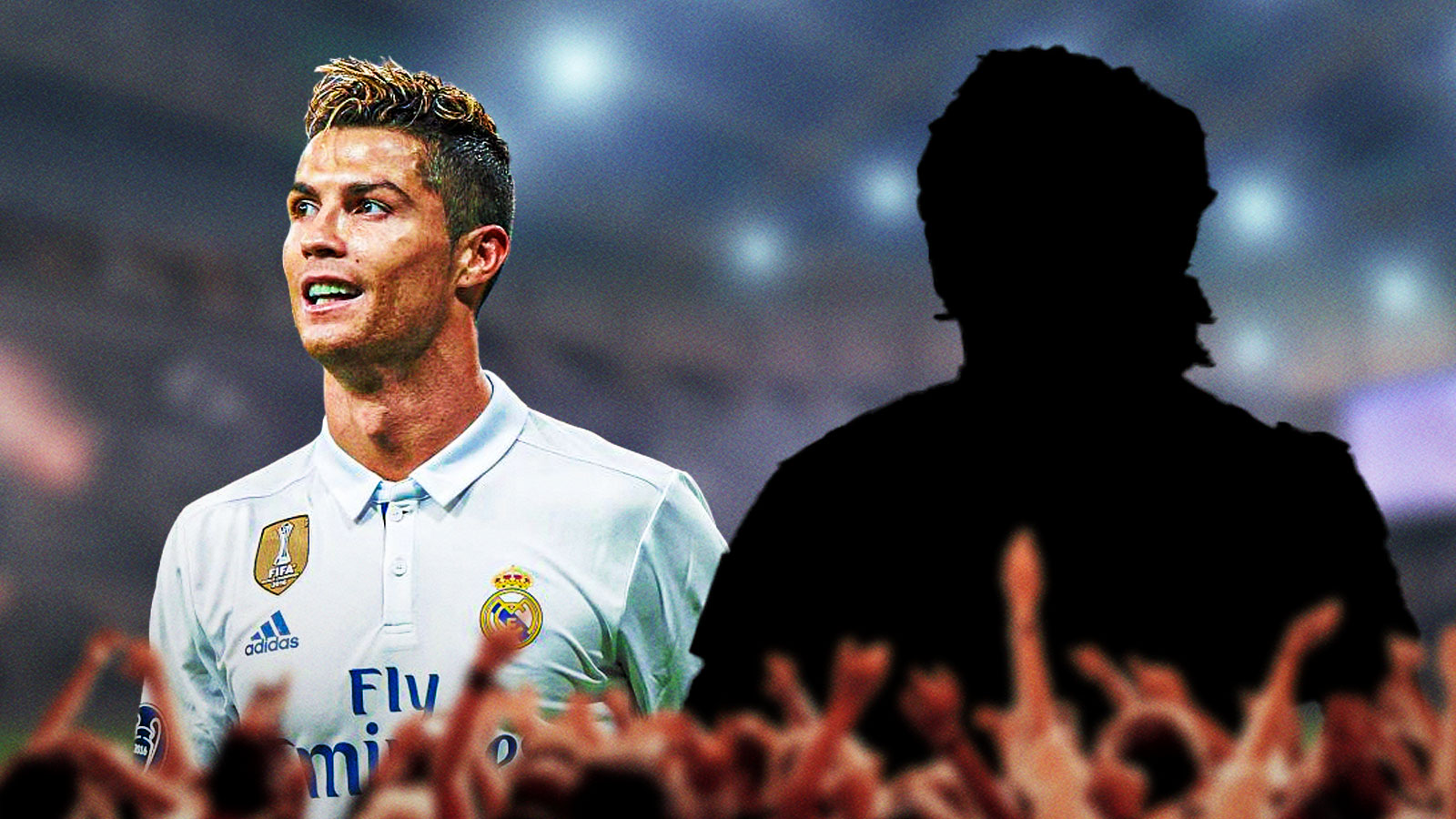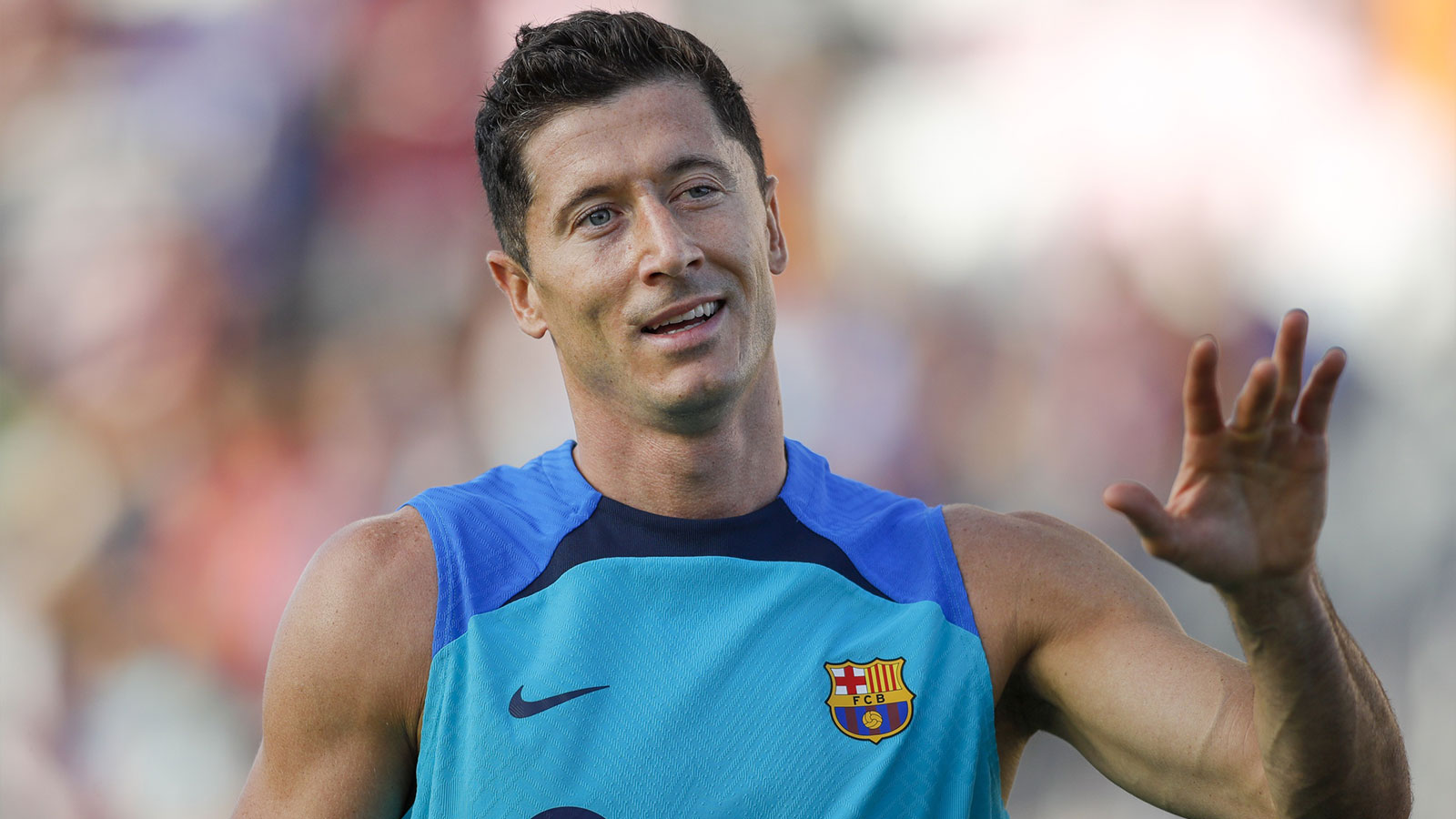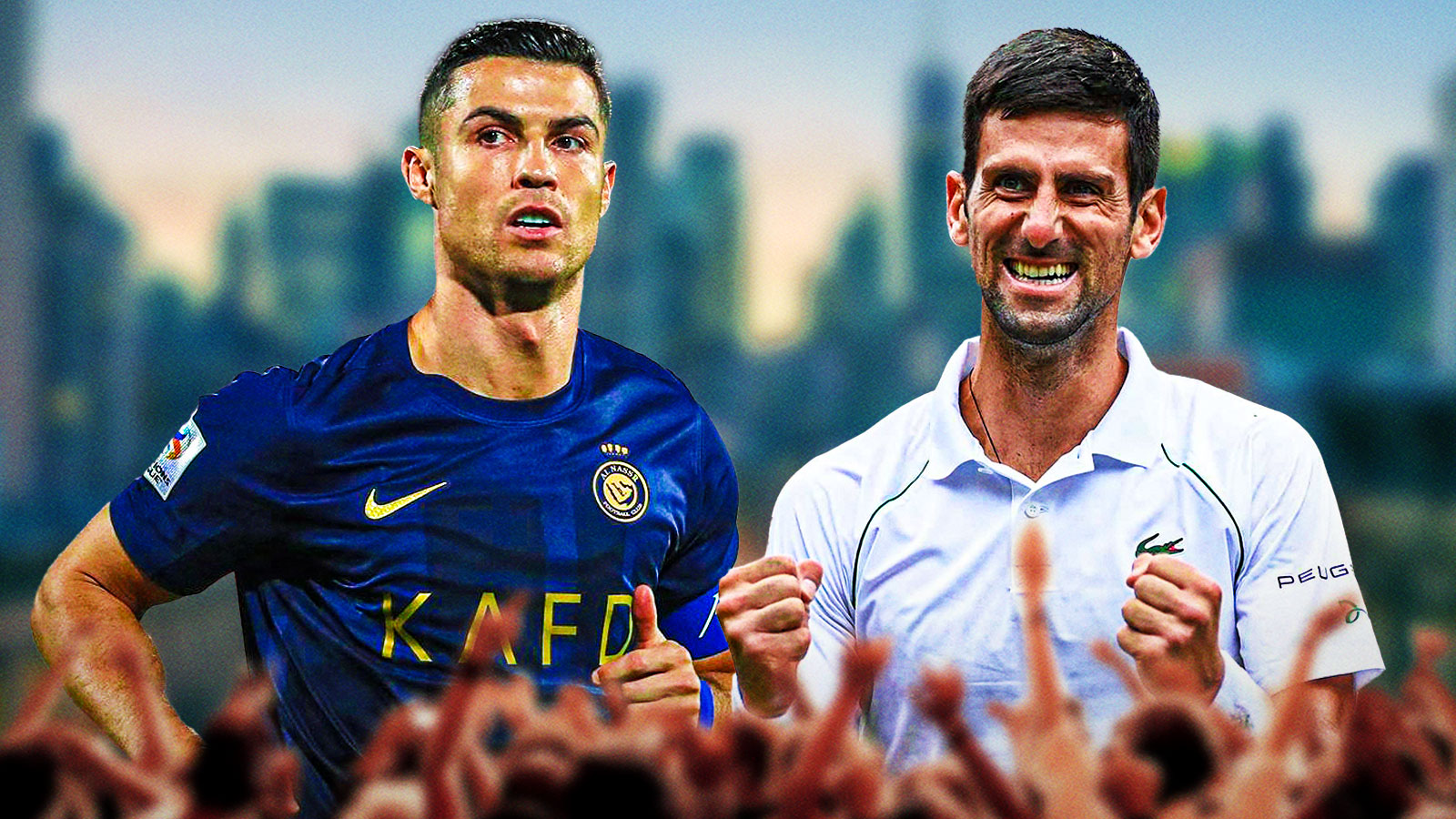In the unfolding narrative of Arsenal‘s season, marked by moments of brilliance and occasional setbacks, the critical 2-0 defeat at home to Aston Villa serves as a firm reminder of the team's underlying vulnerabilities. Despite their position at the summit of the Premier League table, recent developments shows the need for Arsenal to address key deficiencies in the upcoming summer transfer window. Let's embark on an exhaustive exploration of the three biggest needs that Arsenal must prioritize to strengthen their squad for the challenges that lie ahead.
A new centre forward
The absence of a prolific centre forward has been a lingering concern for Arsenal, prompting fervent speculation about potential signings to bolster their attacking options. While the Gunners have been linked with various striking options such as Ivan Toney and Dominic Solanke, the quest for a suitable candidate remains unfulfilled.
Mikel Arteta's recent acknowledgment of this pressing need underscores its centrality in Arsenal's aspirations for sustained success for the next seasons. The recent defeats in the Premier League starkly showed the team's overreliance on a clinical penalty box finisher to secure vital points in the cutthroat landscape of the Premier League title race. While Gabriel Jesus injects quality into the squad, his attributes fall short of embodying the type of the predatory goal-scoring figure coveted by Arsenal.
The acquisition of a new centre forward represents more than just a recruitment exercise; it signifies Arsenal's strategic commitment to revitalizing their offensive arsenal. The chosen candidate must not only possess impeccable goal-scoring skills but also complement the team's tactical setup and provide a real threat to their forward line.
Creativity problem up front
Beyond the apparent need of a traditional centre forward, Arsenal confronts a broader challenge in unlocking their real offensive potential. The team's diminished creativity, relative to previous seasons, poses a formidable obstacle to their goal-scoring hopes. Arteta must confront this systemic issue before embarking on the pursuit of a new number nine in the transfer market.
Arsenal's decline in Expected Goals (xG) from open play situations this season is a cause for concern, despite their real proficiency in set-piece scenarios. The underwhelming goal-scoring contributions of Martin Odegaard and Kai Havertz, once heralded as potential creative phenoms, underscore the urgency of addressing this creativity problem. While the midfield acquisition of Declan Rice has undoubtedly bolstered defensive resilience, it has inadvertently deminished creativity in the final third.
As Arsenal finds its course through the evolving landscape of the Premier League title race, Arteta must undertake a meticulous reassessment of the midfield structure to reignite offensive creativity. Achieving a delicate balance between defensive solidity and attacking fluidity is crucial in reshaping Arsenal's flagging goal-scoring capabilities and reasserting their dominance on the domestic stage.
Sign a left-back
The aftermath of Arsenal's recent setback against Aston Villa has brought the team's defensive vulnerabilities into sharp focus, particularly in the left-back position. The Athletic's revelation regarding Arsenal's intention to prioritize the acquisition of a left-back in the summer transfer window underscores the desperate need for defensive reinforcement.
The revolving door policy in the left-back role, necessitated by injuries and inconsistent performances, has showcased Arsenal's defensive struggles. While Zinchenko's adeptness in build-up play was evident last season, defensive lapses have emerged as a recurrent concern, prompting calls for a specialist left-back signing. Timber's untimely injury and subsequent absence further worsened defensive vulnerabilities, speeding up the urgency of fortifying the defensive ranks.
Investing in a reliable left-back represents more than just a monetary defensive measure; it shows Arsenal's strategic commitment to improve their defensive stability and foster tactical flexibility. By building defensive reinforcements, Arsenal can reduce defensive vulnerabilities, raise defensive standards within the squad, and create a cohesive defensive unit capable of withstanding the rigors of the Premier League.
Arsenal's pathway to progress
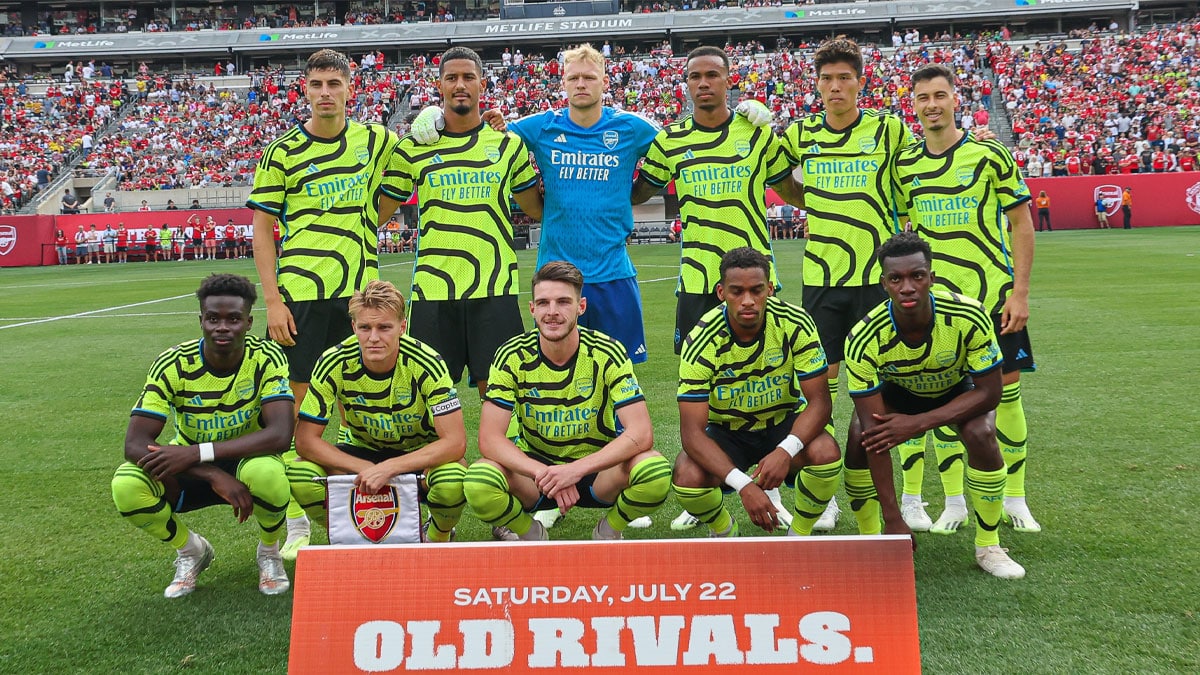
As Arsenal embarks on the tough journey towards sustained success, the upcoming summer transfer window assumes big significance in shaping the team's trajectory. By precisely addressing the mentioned strategic problems, Arsenal can fortify their squad, strengthen their competitive resolve, and propel themselves towards the summit of English football.
Mikel Arteta's guidance has helped Arsenal to a newfound sense of purpose and resilience, but the pursuit of excellence needs continued evolution and strategic recalibration. By embracing innovation, reinforcing defensive foundations, and revitalizing offensive creativity, Arsenal can position themselves as genuine contenders for Premier League glory and write their names once again in the annals of footballing history. The summer transfer window promises a make-or-break moment for Arsenal—a moment of real transformation and forward progress or getting stuck in their old mistakes.

